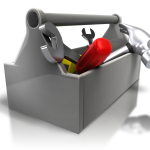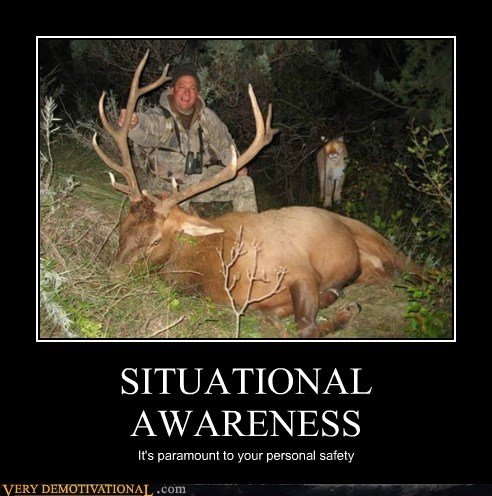Intuition and Situational Awareness... Isn't it time for some Human Performance Tools?
 Click the toolbox on the left to see and hear Daniel Simons, famous author and video creator. Here he presents on the subjects of Situational Awareness and Intuitions. Daniel steps you through an interesting story about an old professional forger, the landmark basketball pass video he and Christopher Chabris created, the breakdown of a typical motorcycle accident, an interesting view on eye-witness recall, a cool piece about gradual change, and finally wraps the TED presentation up with a story about how one Wall Street guy fooled a lot of investigative professionals because he helped steer their intuition to not believe statistical facts. In closing Dan states, "So, the goal here is we have to teach ourselves to counter intuitions in those cases where they're likely to lead us astray." Isn't this key to what we do?
Click the toolbox on the left to see and hear Daniel Simons, famous author and video creator. Here he presents on the subjects of Situational Awareness and Intuitions. Daniel steps you through an interesting story about an old professional forger, the landmark basketball pass video he and Christopher Chabris created, the breakdown of a typical motorcycle accident, an interesting view on eye-witness recall, a cool piece about gradual change, and finally wraps the TED presentation up with a story about how one Wall Street guy fooled a lot of investigative professionals because he helped steer their intuition to not believe statistical facts. In closing Dan states, "So, the goal here is we have to teach ourselves to counter intuitions in those cases where they're likely to lead us astray." Isn't this key to what we do?
What can we learn from this?
When I discuss famous unwanted outcomes, or even smaller case studies with students in a classroom environment, I mention that "lack of situational awareness" almost always comes up when participating in, or reading an investigation. Some one, or some group loses situational awareness at the wrong time, and an event happens. In our business this drives two VERY important questions:
- How to we get Situational Awareness?
- How do we keep Situational Awareness?
These questions delve even deeper into a pre-error environment if you add, "Regardless of intuition" to the front of them.
Time for some Human Performance Tools
We must teach our stakeholders to approach every situation with a "Stop When Unsure" Questioning Attitude. We have to get them to pay attention for gut feelings when maybe something about this job or the environment around us is not being thought of or tracked. To sum up Mr. Simons video, we can use an old adage: Can't "see the forest for the trees." As humans we make assumptions with good intentions, based on our personal experiences and knowledge up to that point in our life. We don't intend to make a mistake. When we get focused on the task, we could lose sight of the bigger picture (don't get me started on how distractions play into all of this as well), so to get that sight, many nuclear stations train their workers on the use of a thorough Job Site Review (a.k.a. Two-Minute Drill, Two-Minute Rule, Two-Minute Time Out, 360 for Safety, Take Two, Take A Minute, etc.) See the Two Minute Rule section of the TVA online Human Performance Tools Student Handout - I like the idea, but I think that under the "When to Perform" section it should also say when returning from break, or when job conditions change.
Homework
At the Human Performance Tools Team we would really love to hear how you coach and train workers into getting and obtaining situational awareness, especially if you have added more tools, tips, or techniques to your presentations and toolkits.
Coordinating word of the day: "gestalt"
